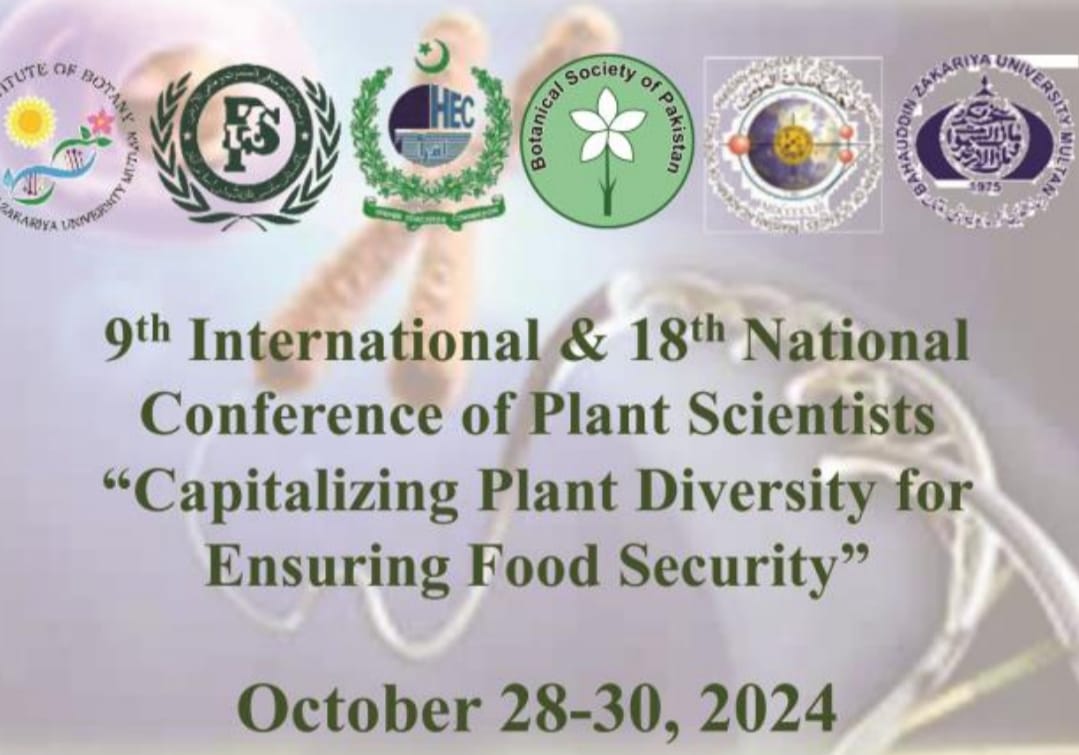
PJB-2025-287
GENOTYPE-ENVIRONMENT INTERACTIONS SHAPING SORGHUM GRAIN COOKING QUALITY: MOLECULAR AND ENVIRONMENTAL DETERMINANTS OF STARCH FUNCTIONALITY
JIAXU WANG
Abstract
Sorghum (Sorghum bicolor) is a key cereal crop with exceptional adaptability and yield potential in arid and semi-arid regions worldwide. Its grains are an important food source for humans and livestock and are widely used in brewing, feed production, and biofuel development. However, cooking attributes—such as water absorption and expansion capacity—critically influence its culinary quality and processing performance, and these traits vary markedly with both genotype and environmental conditions. Four sorghum varieties were selected and randomized block design experiments were carried out in 10 different environments in China. This study systematically evaluated the cooking characteristics of diverse sorghum varieties across multiple environments, elucidating the underlying mechanisms and environmental influences. Significant genotypic differences were observed in amylose content (AC), amylopectin content (BSC), and their ratio (BSR), all strongly correlated with the water solubility index (WSI) and swelling power (SP). The results show that environmental factors predominantly affected total starch content (TSC), crude protein content (CPC), and crude fat content (CFC), with location accounting for over 55% of CPC variation. Resistant starch content (RSC) and its ratio (RSR) were negatively correlated with cumulative temperature difference, effective accumulated temperature, and sunshine hours during the fertility period, whereas tannin content was positively associated with water-related factors, including average relative humidity and precipitation from germination to flowering. Principal component analysis identified starch structural parameters (AC, BSC, BSR) as the primary varietal discriminators, while mean and minimum temperatures emerged as major environmental regulators. Environmental factors indirectly influenced cooking characteristics by modulating the content and composition of key quality determinants. These findings reveal the complex genotype–environment interactions shaping sorghum cooking quality, offering critical insights for climate-smart breeding strategies and industrial applications.
To Cite this article:


